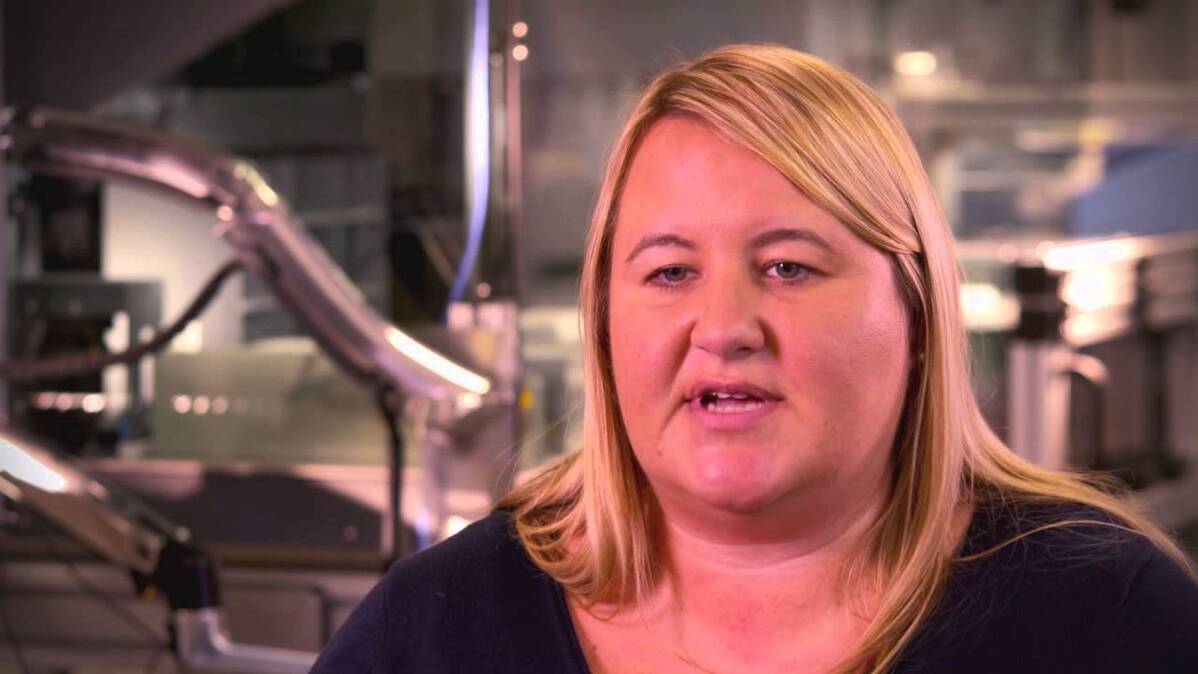When research scientist Elaine Donohue arrives at the Novartis Screening Group each morning, anyone tagging along with her could be forgiven for thinking they’d just stepped onto the set of a sci-fi movie. That’s because Donohue works with robots – many of them. And relations between the scientists and the robots are so close that the scientists have named all the robots after candy bars.
 VIDEO
VIDEO
That bit of lightheartedness belies the serious, almost urgent nature of the work that goes on in the Center for Proteomic Chemistry, or CPC, located at the Novartis Institutes for BioMedical Research in Cambridge, Mass. Deep within the facility, Donohue and her colleagues are busy screening 1.6 million compounds in the Novartis Compound Library to see if any of the molecules are active in models of disease. What used to take months or years can now be accomplished in a matter of days or weeks, thanks to the robots and integrated science known as high-throughput screening.
High-throughput screening allows for hundreds of thousands of compounds to be tested against a specific model of disease in parallel. Researchers are still uncovering the many ways the technique can be used to enhance and speed up drug discovery. The robots do much of the tedious, repetitious work that used to be done by scientists, leaving more time to design solid experiments and make sense of the resulting data. The robots distribute compounds from the library into multi-well plates containing the other components of the assay. These plates typically have 1536 separate compartments, each one running a test in a volume equivalent to 1/1000th of a teaspoon. The robots will move plates though the system to complete the experiment.
“The robots allow us to run tests around the clock,” Donohue explains. “They run the tests in a very consistent manner, so that Sample One on the first plate is treated exactly the same as the last sample on the last plate. To do this kind of process manually, you would never have such consistent data results.”
But the process still requires a human touch. Scientists must design a good experiment for the robots to do their jobs, and teams must analyze the resulting data, draw conclusions and determine the next steps for a project, all tasks that require human processing power. In the right hands, automation increases the pace of drug discovery.



